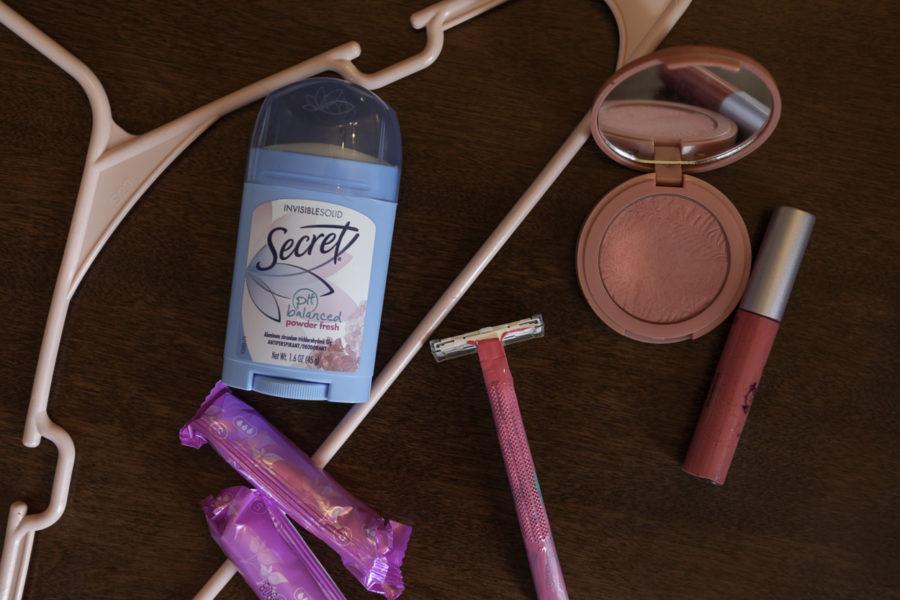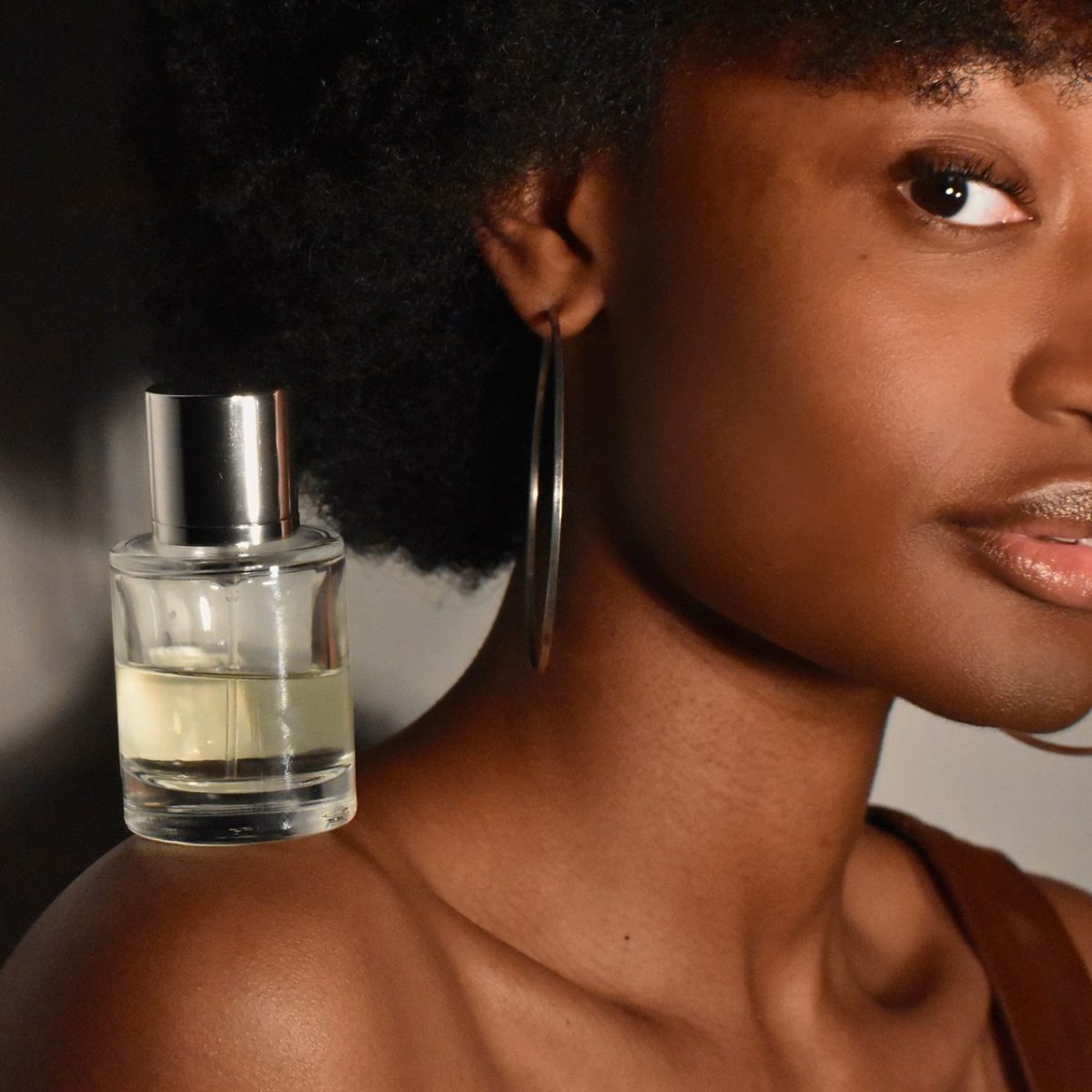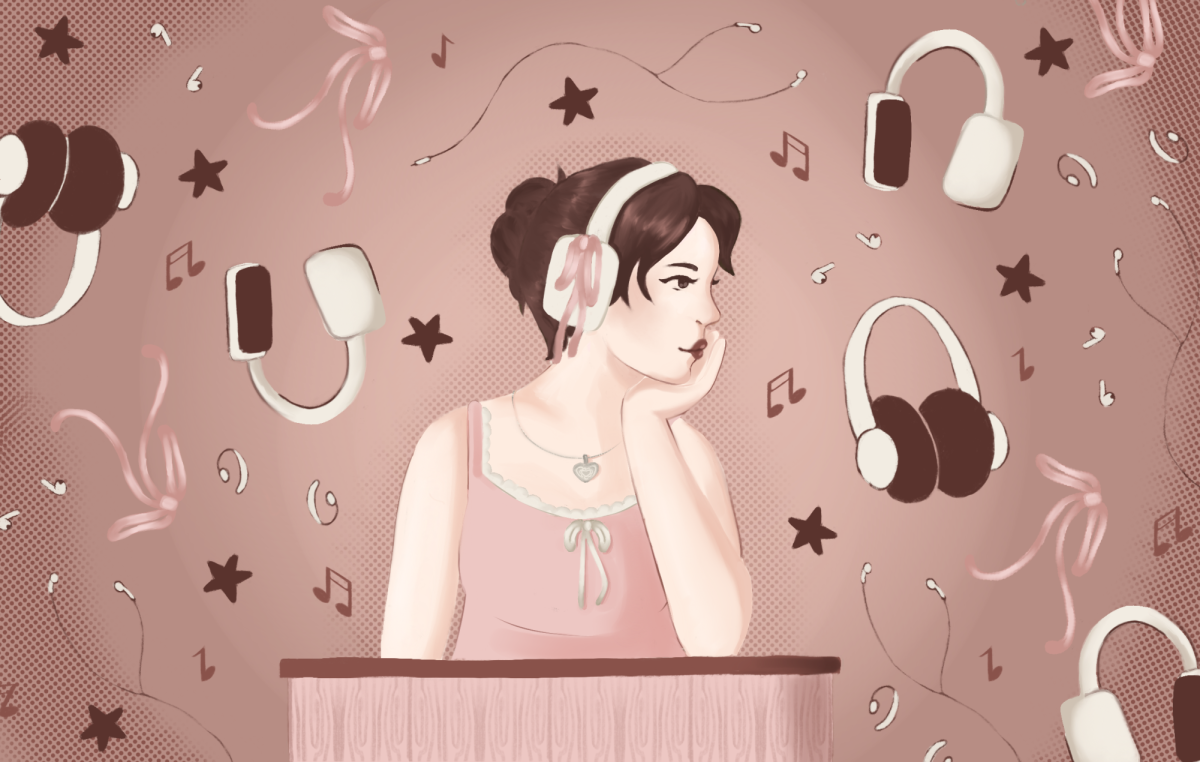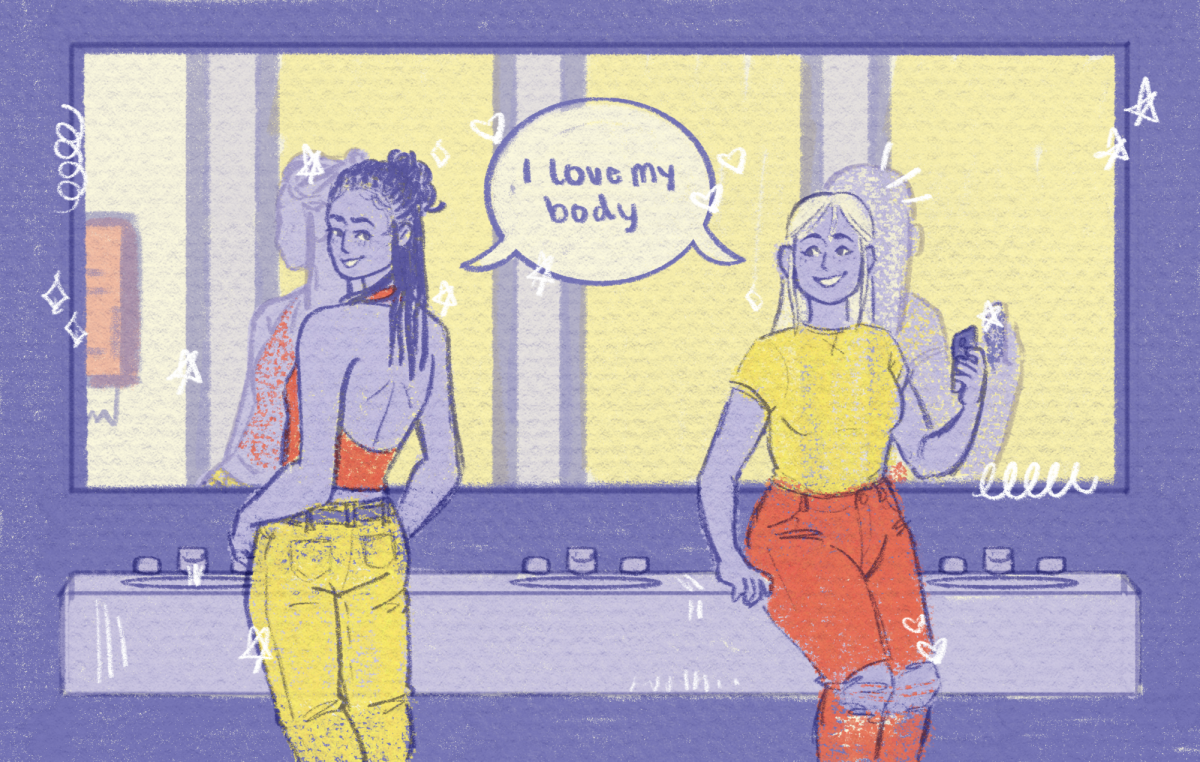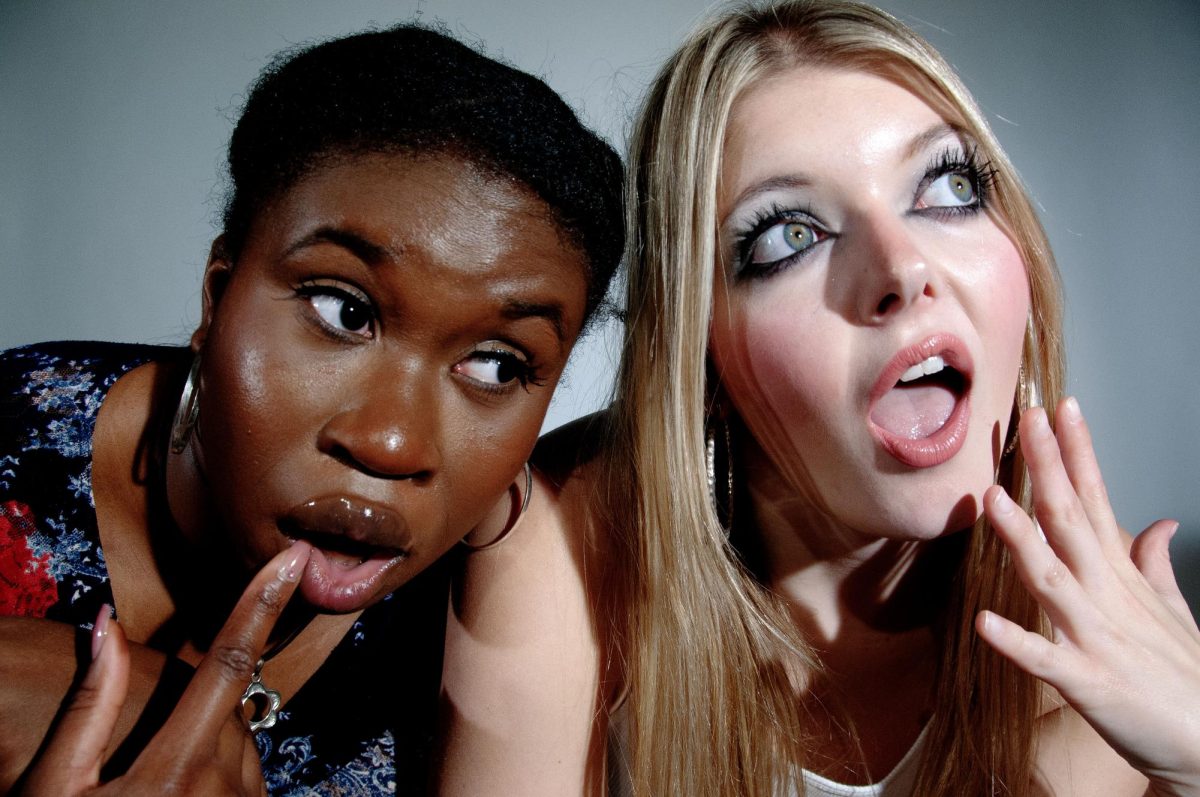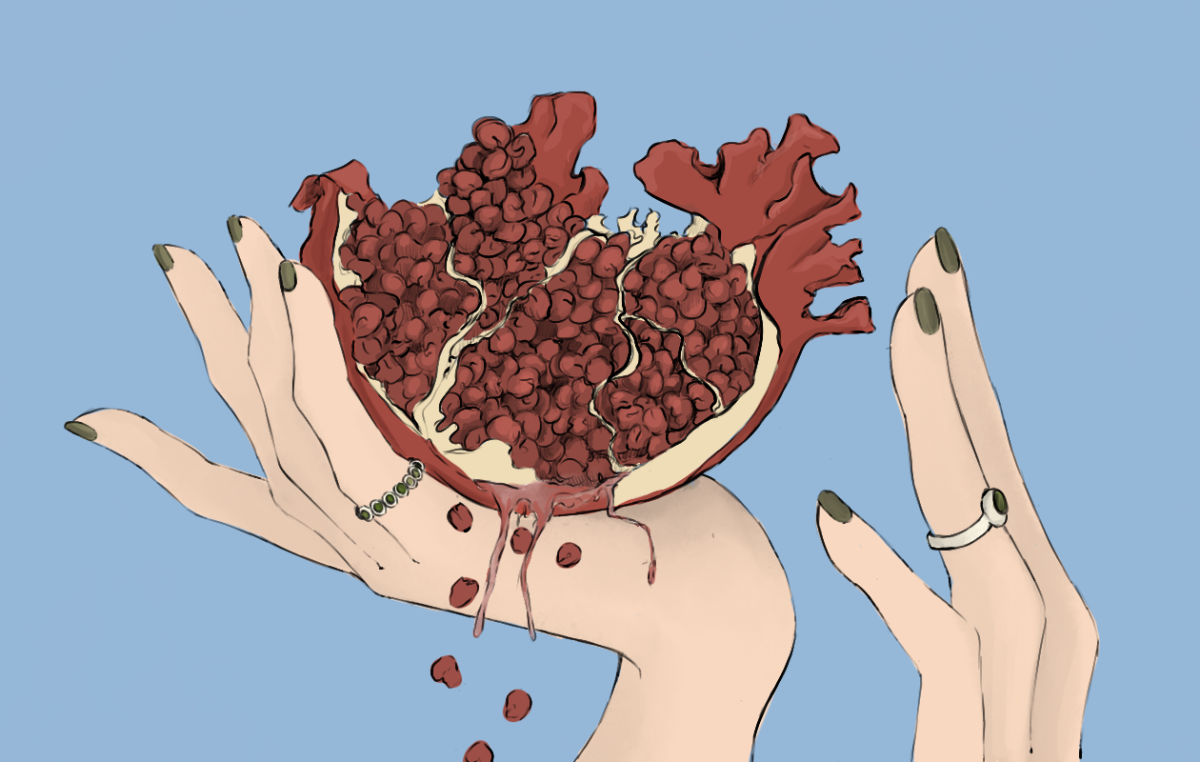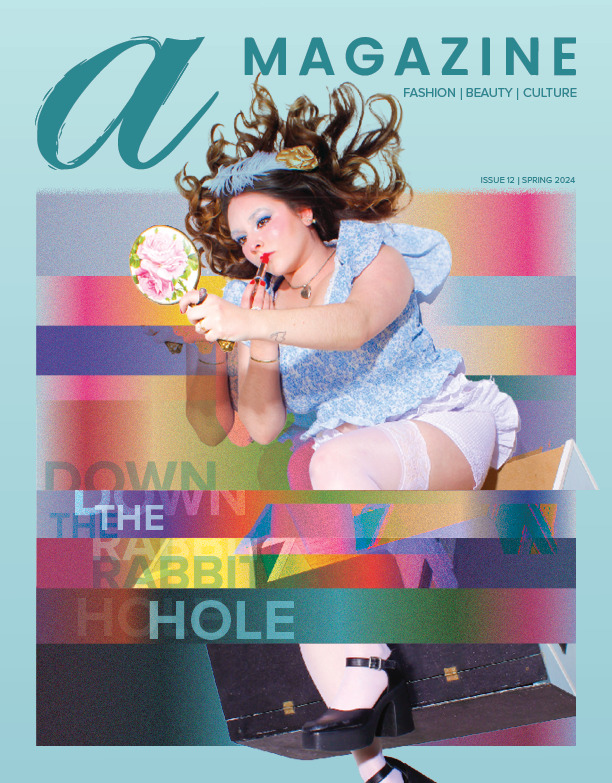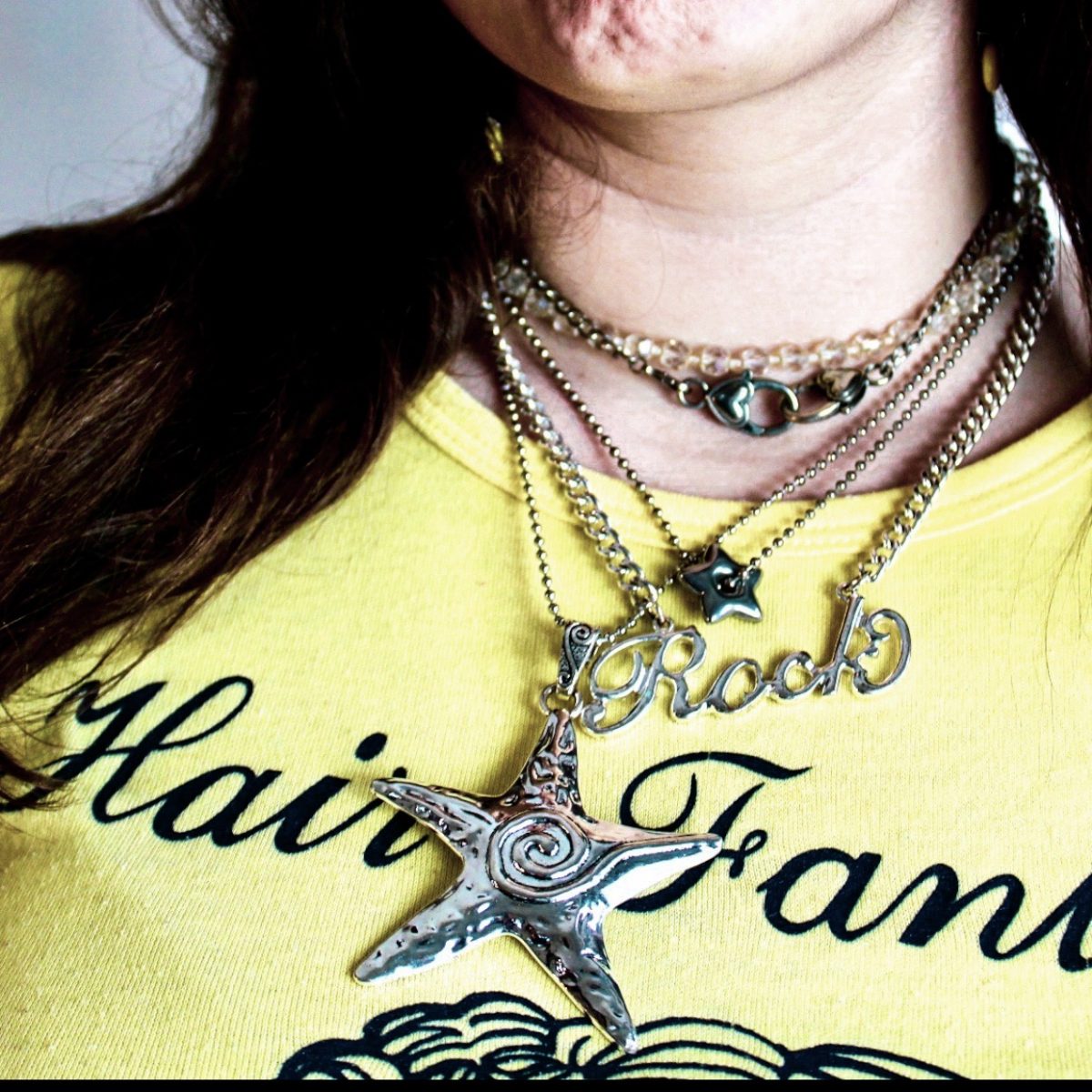Are you a woman? Do you purchase feminine hygiene products? Women’s clothing? Women’s toiletries? If you answered “yes” to even one of the above questions, you’re subject to paying “the pink tax” and you’re most likely unaware of it. You may not even know what it is. The pink tax can be defined as a phenomenon attributed to a form of gender discrimination, the name coming from the directly observable fact that most of the products affected are pink.
To better understand this tax, we should probably start from the basics. To start out, there is a huge wage gap. It is said that women are paid 0.81 cents for every dollar a man is paid. This is only partly true though. What is often lost in translation is the true meaning for what a wage gap typically represents. Women are less likely to work in high paying jobs or higher positions than men are. This is what is referred to as the opportunity gap. No matter how much we make as women, we are still paying extra for specific services or products that are similar to those of men
Imagine walking into a local CVS and needing a new razor. Nothing fancy about it, just a disposable razor. Not even a moisturizing strip, just a plain blade on a stick. Men’s disposable razors are the exact same thing, except you notice that the men’s razor is blue and the women’s razor is pink. The price of the pink razor is noticeably higher than the blue one. A lot of research has been done regarding the pink tax and it has been found that 42% of the time, women are paying more than men are for basic products very similar to a man’s. How much you may ask? A woman will pay approximately $1,300 per year in extra costs.

According to the results of research done by The New York City Department of Consumer Affairs, women will pay 7% more on toys and accessories, 4% more for children’s clothing, 8% more for adult clothing, 13% more for personal care products and 8% more for senior/home healthcare products. The results showed that in comparison to similar products for men and boys, products for women and girls cost 7% more.
The manufacturers of these products, like the razors, claim that the production and advertising for women’s products cost more and because of this, those fees get passed down to the consumers of that particular product. In most cases, if not all, these consumers are female.
In 2014, Old Navy was charging $12 to $15 more for women’s plus-size jeans than standard-sized jeans, but there was no price difference in the men’s plus sizes over the standard sizes. A plus-sized consumer started a petition stating that she was originally fine paying the extra money, but once she found out the men’s plus sizes were no different from the standard sizes, she realized it was sexist and sizeist and purely directed towards women. This petition gained 23,500 signatures. Shortly after, Gap, the owner of Old Navy, released a statement stating that the additional costs are because “they [the jeans] are created by a team of designers who are experts in creating the most flattering and on-trend plus styles, which includes curve-enhancing and curve-flattering elements such as four-way stretch materials and contoured waistbands, which most men’s garments do not include.”
Not to shame Gap or Old Navy in any way, but they are definitely not the first store most people think of shopping at when they want “on-trend” styles. Women’s clothes when compared to men’s in seven categories: hair care, razor cartridges, razors, lotions, deodorant, body wash and shaving cream, cost more in six of them. Another place that women pay more than men is at the dry cleaners. A women’s dress shirt does not require any extra effort to dry clean than that of a man’s dress shirt and yet statistics will show that women pay, on average, $4.95 while a man will pay $2.86 on average. Even young girls are subject to the pink tax. Toys are consistently proven to cost more for girls than boys. In a whopping 13% inflation on girls’ toys, the biggest toy affected are girls’ helmets, elbow and knee pads. Another example of gender discrimination in toys is bikes. A pink beginner’s bike from Target costs $80, while the same bike in a different color was only $64. In another study done by Boomerang Commerce, it was concluded that 50 popular products for children from Amazon, Walmart, Target, Macy’s, JCPenney, and Bloomingdale’s, the pink items ranged from 2% to 15% more than the same products in a different color. Another common discrepancy is addressed by Northwestern University. It was proven that if a woman walks into an auto repair shop and seems clueless about a job that needs to be done, she will be taken advantage of and charged more. The job could have easily been explained, rather than replacing a radiator for $406 when the cost of the job was actually $365. The New York City Department of Consumer Affairs also found that when women are buying a used car, they are twice as likely to have been charged a higher price than that of a man.
Now, the most common of all — self-care products. Shaving cream, razors, facial cleanser, deodorant — these are the most affected products by the pink tax. On top of that, as if that wasn’t bad enough, there is also “the tampon tax.” This is another tax in addition to the pink tax that applies to products like pads, liners, tampons, and cups. The average woman will spend approximately $3,000 in her lifetime on pads or tampons. In a lot of cases, this tax can be avoided by buying the men’s version of the items listed above, since it is proven to be no different besides color. However, when it comes to feminine sanitary products, there is no alternative, hence why we’re stuck paying the pink tax, the tampon tax, normal tax, and the cost of the product each and every time.
At this point, some of you may be wondering how the pink tax can be avoided. Technically speaking, tampons and pads are taxed because they are considered “luxury items.” Whoever decided that a menstrual cycle is a luxury is probably not a woman because I think we can all agree getting our periods is anything but a luxury. Some companies that sell women’s products and are stepping toward rethinking pink are Billie, Harry’s and Boxed.
Harry’s is a shave club for women that provides high quality and low-priced products for women and also donates 1% of their sales to organizations like Calm and Headstrong. Billie is extremely similar to Harry’s. Boxed is a company that strictly enforces price equality for women and works on a per ounce or per unit basis. Boxed also has a policy of no taxation on tampons. If you go to Boxed’s website, you can get 15% off your first order by using the code, “BULKLIFE.”
The easiest way to avoid this tax is simply by buying men’s products instead of women’s. It will save you so much money in the long run. Do your research on different prices before committing to buying an overpriced product blindly. The best thing a person can do is be aware of the situation. Stand up to the companies supporting the pink tax or the tampon tax and together we can end gender discrimination. Be aware and #RETHINKPINK
Support Student Media
Hi, I’m Maria McGinnis, a senior journalism student from Stow, Ohio. I’m also the editor in chief of A Magazine. My staff and I are committed to bringing you the most important and entertaining news from the realms of fashion, beauty, and culture. We are full-time students and hard-working journalists. While we get support from the student media fee and earned revenue such as advertising, both of those continue to decline. Your generous gift of any amount will help enhance our student experience as we grow into working professionals. Please go here to donate to A Magazine.

